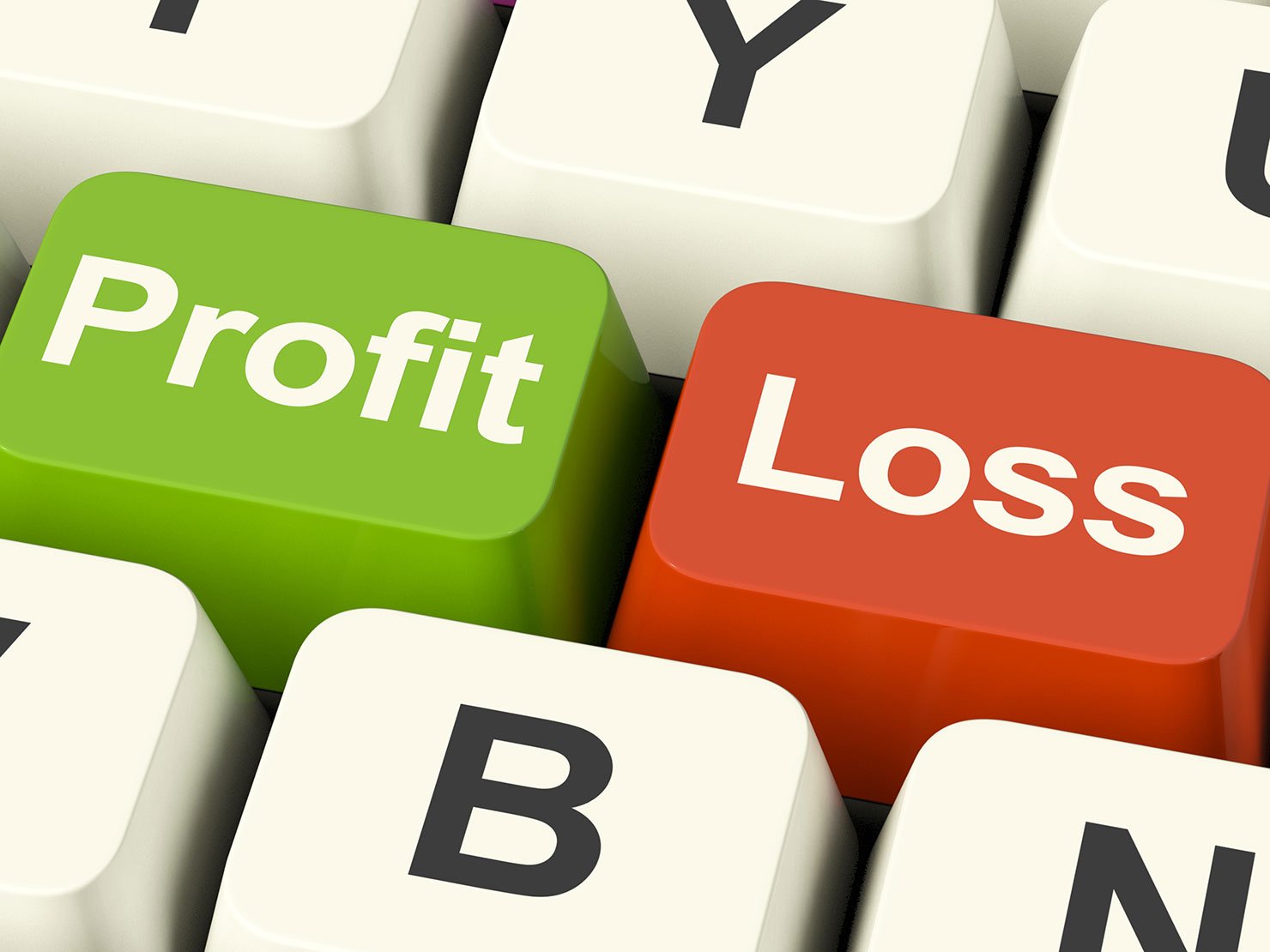Thank You For Your Support and For Honoring Me With Your Up Vote...

As a reminder the course is aimed for complete beginners.
I tried to keep the lessons short and to the point giving out clear
examples and videos where required.
Lesson 14. How to Calculate Profit and Loss :
Although measuring your profit and loss is done in pips,
it is good to know how much money you have lost or profited in your real currency.
So let’s see how we can calculate the profit and loss for your trade.

So let’s assume that you have $10,000 US Dollar account. Your trading strategy requires a stop loss of 30 pips. Now this is the law. Do not risk more than 1%-3% per trade. For sure no more than 5%. It’s is the law. First and foremost protecting your capital is the first rule, by minimising your losses. Second rule is to make money. We will talk in detail on money management but for now accept the above laws. I like to call them laws rather than rules because maybe you are a good man / woman and do not like to break the law. Break the law and your account will be in deep trouble. Do not follow the money management rules and you will blow your account in no time.
Calculating how much we can afford to lose:
So we have 30 pip stop loss. Let us assume that we will risk 2% in this trade. So 2% of $10,000 is $200. So we can only risk $200 in this trade. Fair enough now we know that we can lose $200 in this trade. So how many lots we can trade with? Let’s calculate it.
We know that 1 Lot is $10 per pip. We have 30 pip stop loss and we can only afford to lose $200 in this trade. So if we trade with 1 Lot, we will lose $300 ($10 per pip, 30 pip stop loss, so $10 x 30 = $300).
But we can only afford to lose $200. So we cannot trade with 1 Lot. We need to trade with less lots. So simple mathematics, if with 1 Lot we lose $300, how much need to trade to lose $200?
So ($200 / $300) = 0.66 Lots
So we will open the trade only by 0.66 lots. Nothing more, since if we trade with more lots we break the law – remember we only risk no more than 2%. Working it back, 1 pip in this scenario is worth $6.6 (we are trading with 0.66 lots, since 1 lot is worth $10, how much 1 pip is worth if we trade with 0.66 lots? 0.66 x 10 = $6.6). So 30 pips x %$6.6 = $198, pretty close to our risk that we can afford ($200).
Calculating Profits:
If we assume that our profit target was 45 pips, then we made $6.6 per pip, so we made $6.6 x 40 = $297 profit.
Putting in some prices, if we bought USD/CAD at 1.0370.
The stop loss will be 1.0370 – 30 pips, 1.0370 – 0.0030 = 1.0340.
Profit Target will be 1.0370 + 40 pips + 4 pips the spread, 1.0370 + 40 + 4 = 1.0414
Do not forget the spread!
Final Notes:
Notice that immediately I calculated how much I can potentially lose in a trade, rather than how much money I am going to make. This is the mindset of a profitable trader. We first need to protect our capital in the sense of not risking too much per trade that can jeopardise our trading account.
After that we think where we will exit the trade for profit. For profit targets I don’t really have fixed values since it all depends where trend lines are, pivots and resistance / support lines. But for the sake of the example I provided some figures for clarity.
We will talk more on money management and how to Manage the trade, but this is just an introduction.

Every comment, every upvote, every support is really appreciated.
Thanks For Reading,
@lordoftruth
If you missed to read my
previous posts from the series of Forex Education Center
You will find it in the down list:
